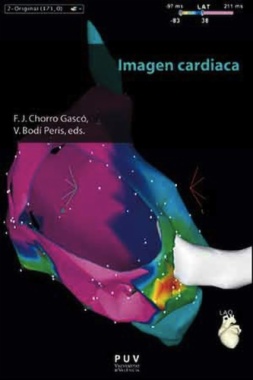
Estás filtrando por
Se encontraron 737 resultados en recursos

Compartir este contenido
Imagen cardiaca
Copia el enlace o compártelo en redes sociales

Marihuana y salud
Compartir este contenido
Marihuana y salud
Copia el enlace o compártelo en redes sociales
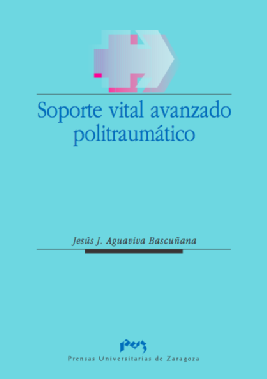
Soporte vital avanzado politraumático
Compartir este contenido
Soporte vital avanzado politraumático
Copia el enlace o compártelo en redes sociales

¿Existen las adicciones sin sustancias?
Compartir este contenido
¿Existen las adicciones sin sustancias?
Copia el enlace o compártelo en redes sociales
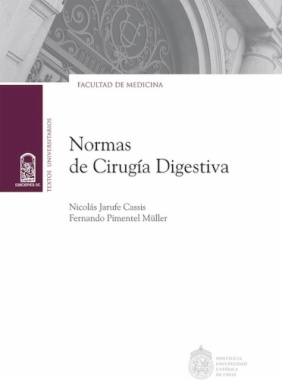
Normas de cirugía digestiva
Compartir este contenido
Normas de cirugía digestiva
Copia el enlace o compártelo en redes sociales
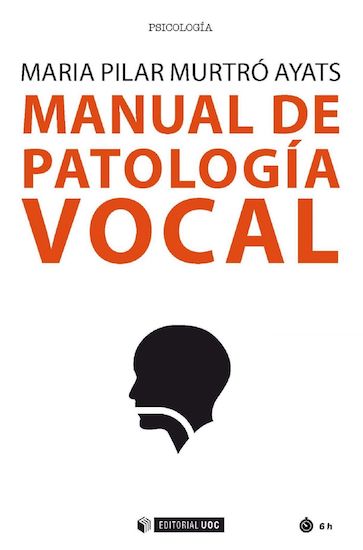
Manual de patología vocal
Compartir este contenido
Manual de patología vocal
Copia el enlace o compártelo en redes sociales
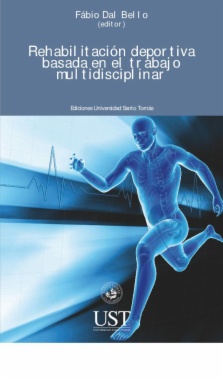
Rehabilitación deportiva basada en el trabajo multidisciplinar
Compartir este contenido
Rehabilitación deportiva basada en el trabajo multidisciplinar
Copia el enlace o compártelo en redes sociales
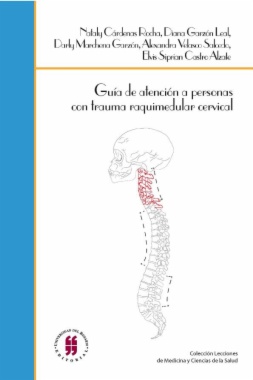
Guía de atención a personas con trauma raquimedular cervical: Enfoque desde la terapia ocupacional
Compartir este contenido
Guía de atención a personas con trauma raquimedular cervical: Enfoque desde la terapia ocupacional
Copia el enlace o compártelo en redes sociales
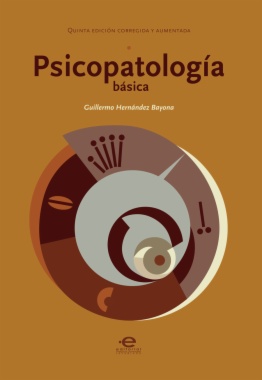
Psicopatología básica
Compartir este contenido
Psicopatología básica
Copia el enlace o compártelo en redes sociales
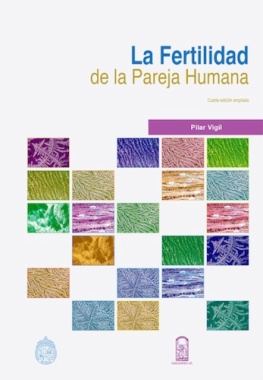
La fertilidad de la pareja humana (4a ed. ampliada)
Compartir este contenido
La fertilidad de la pareja humana (4a ed. ampliada)
Copia el enlace o compártelo en redes sociales
Selecciona las Colecciones en las que vas a añadir el contenido
Para consultar los contenidos añadidos busca la opción Tus colecciones en el menú principal o en Mi perfil.
